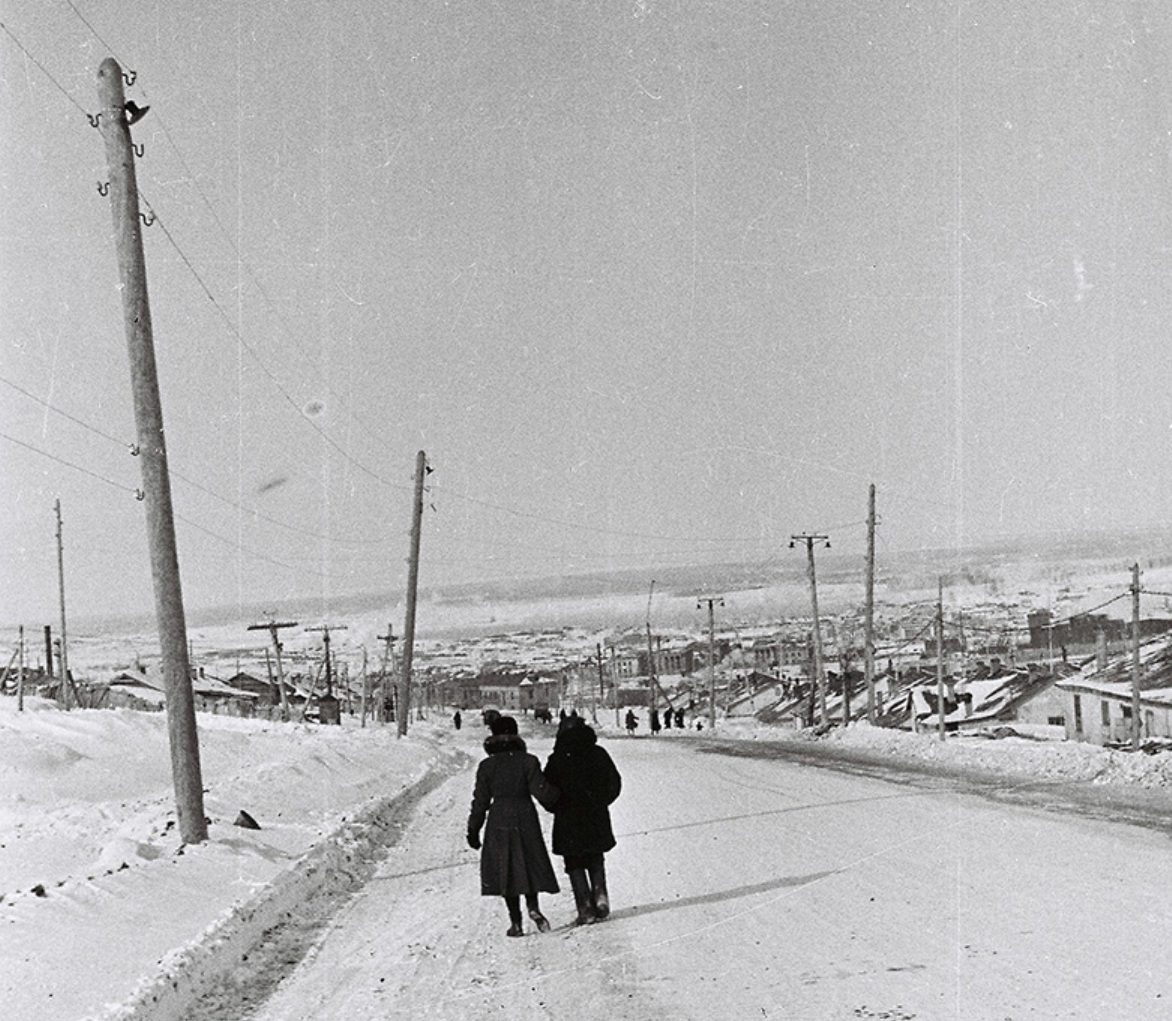#ARCTIC. #SIBERIA. THIS IS TAIMYR. They were located at mines, construction sites and factories, and the course of their life depended on the departmental affiliation.
At the same time, only six settlements had the official status of a workers’ settlement. It was Norilsk itself – it received this status in 1939.
In 1956, Kayerkan, Medvezhiy and Ugolny became workers’ settlements. At the same time, Valyok also claimed, but it did not have enough residents: in the mid-1950s, only 1 600 people lived there, while in Kayerkan, for example, almost 5 000. Though it should be taken into account that the inhabitants of neighboring railway stations and geological parties were also considered residents of Kayerkan, Medvezhye and Ugolny.
The official status of a workers’ camp provided additional administrative functions and infrastructure. This was important for remote and hard-to-reach points in bad weather.
In the 1960s, two more Norilsk settlements, Talnah and Snezhnogorsk, received the official status. The rest of the settlements were considered remote areas of Norilsk.
All of their inhabitants were legally Norilsk, but the postal addresses included the name of the village and the barrack number.
The names of the settlements were often given on a professional basis: there was a settlement of Metallurgists, Builders, Miners, Geologists. And there were also Western, Northern, Southern and Eastern settlements – by geography.
The abbreviations looked exotic: the settlement TsUS – at the central coal sorting, ROR – at the open-pit mine, ERTS – at the electrical repair plant.
And the village of Semerka was given this name not because of the forced labor camp department or another object number, but by the name of the lake which had the form of the number seven.
For communication between the city and its numerous satellites, it was once even planned to build a monorail. But as Norilsk grew and its transport network developed, the need disappeared. People were moved to the city, and the barracks were burned.
In the History Spot’s previous publication, we told that the Zero Point was the starting point for the history and geography of Norilsk.
Follow us on Telegram, VKontakte.
Text: Svetlana Ferapontova, Photo: Nornickel Polar Branch archive












